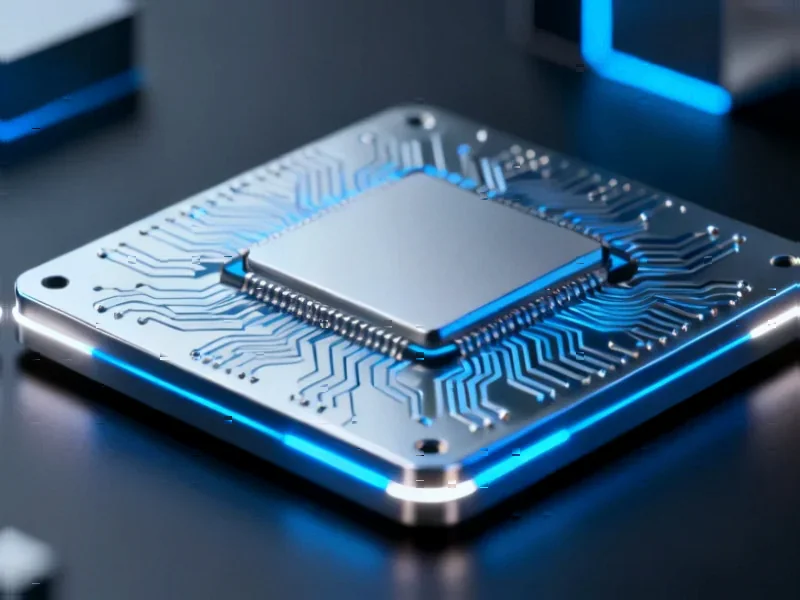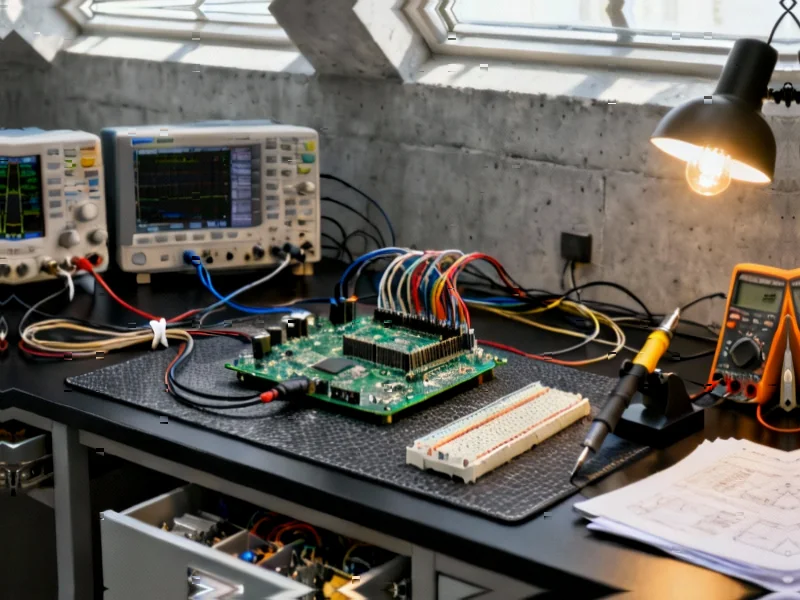According to Phoronix, Valve developer Timur Kristóf has contributed fixes to AMD’s open-source RadeonSI Linux graphics driver that specifically benefit 12-year-old Hawaii GPUs, including the Radeon R9 290 series originally launched in 2013. These contributions come alongside ongoing performance comparisons between the ACO and LLVM compiler backends for AMD’s upcoming Strix Halo processors, demonstrating Valve’s continued investment in both legacy and next-generation AMD graphics support on Linux. The improvements address long-standing issues with Hawaii GPUs that have persisted despite their age, showing that even decade-old hardware remains relevant in the Linux ecosystem. This work builds on Valve’s substantial history of contributing to Mesa’s RadeonSI driver and reflects the company’s strategic interest in maintaining broad hardware compatibility for SteamOS and the Steam Deck platform.
The Linux Longevity Advantage
What makes this development particularly noteworthy is how it highlights Linux’s fundamentally different approach to hardware support compared to proprietary operating systems. While Windows and macOS typically deprecate support for older hardware within a few years, the open-source nature of Linux graphics drivers enables continued maintenance and improvement regardless of corporate priorities. This creates a unique value proposition for users who want to extend the lifespan of their hardware investments. The fact that a major player like Valve is investing engineering resources into 12-year-old GPUs sends a powerful message about the Linux ecosystem’s commitment to backward compatibility and hardware preservation.
Valve’s Strategic Hardware Investment
Valve’s contributions to legacy GPU support aren’t merely altruistic – they represent a calculated business strategy with multiple benefits. By ensuring broad hardware compatibility across generations, Valve strengthens the value proposition of SteamOS and the Linux gaming ecosystem. This approach reduces barriers to entry for new Steam Deck users who might be transitioning from older desktop systems, while simultaneously building goodwill within the open-source community. The work on both legacy Hawaii GPUs and next-generation Strix Halo processors demonstrates Valve’s comprehensive approach to graphics driver development, covering the entire hardware spectrum from aging desktop cards to cutting-edge mobile processors.
Developer Community Impact
The implications for Linux developers and the broader open-source community are significant. When major companies like Valve contribute to core infrastructure projects, they create positive externalities that benefit all Linux users, not just their direct customers. These contributions help maintain the volunteer developer ecosystem by sharing the maintenance burden of older hardware support. As Michael Larabel noted on Twitter, this type of corporate involvement in open-source graphics development helps ensure that Linux remains competitive across hardware generations, from legacy systems to the latest AMD architectures.
Sustainability and Environmental Implications
Beyond technical considerations, this continued support for aging hardware has important sustainability implications. In an era of increasing electronic waste and planned obsolescence, the ability to extend the functional lifespan of graphics hardware represents a meaningful environmental benefit. Users can continue getting performance improvements and bug fixes for hardware that would otherwise be considered obsolete, reducing the pressure for frequent upgrades. This aligns with broader trends in computing toward longevity and repairability, though it does create challenges for driver maintainers who must support an increasingly diverse hardware landscape.
The Future of Hardware Support
Looking forward, the question becomes how sustainable this model of indefinite hardware support really is. While the open-source nature of Linux drivers theoretically enables unlimited backward compatibility, practical constraints around testing complexity and developer resources will inevitably create natural limits. The work on Hawaii GPUs suggests we’re not yet approaching those limits for popular architectures, but it raises interesting questions about how the community will prioritize support as the hardware landscape continues to expand. As detailed in Michael Larabel’s coverage, the ongoing optimization work for both legacy and current hardware demonstrates that the Linux graphics ecosystem is managing this balance effectively for now, though future challenges may require more sophisticated prioritization approaches.




